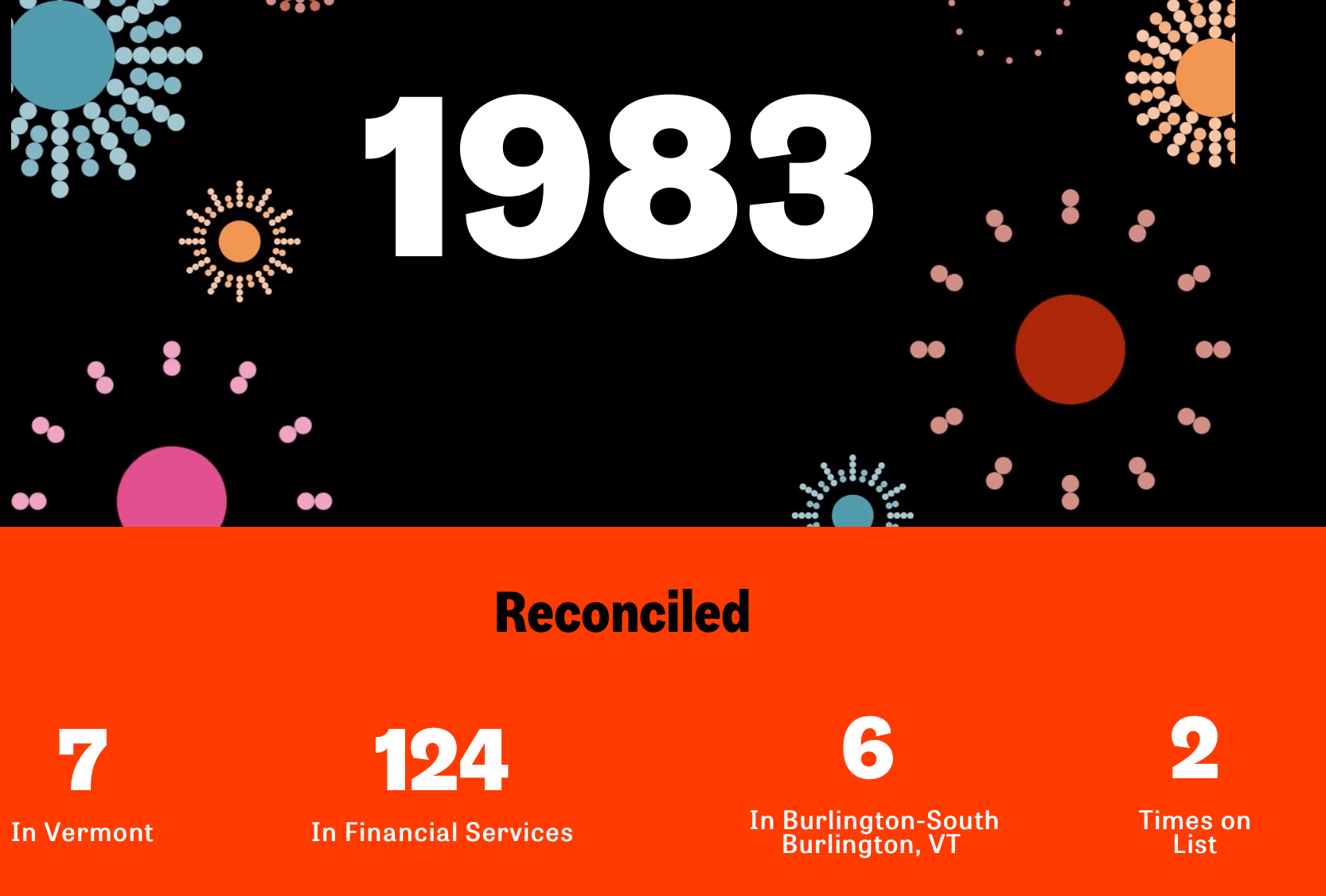No matter what size your business is, it can fall into a common trap: not having a dynamic budget.
At the beginning of the year, you create a perfectly balanced, clean budget. But, it gets filed away in a drawer that never gets opened. At the end of the year, you pull it out to discover that your perfect budget is now wildly out-of-date. You chalk it up to a crazy year and start the cycle all over again.
A budget is the control panel for your business. It can help you set financial objectives and show you whether they are in reach. It helps you anticipate any future costs as well as plan for periods of spiking or dipping cash flow, so your small business is a successful one.
However, if you leave your budget in a drawer or closed up in a file on your computer, it won’t do any of those things. A budget that doesn’t get looked at is like a control panel that’s taped over – pointless. If you want more clear and concise control of your business financials, you need to make your a dynamic budget.
How do you create a budget for your small business? Consider adopting the following steps.
- Review Monthly – Instead of tucking your budget away at the beginning of each year, set time aside at the end of every month to look it over. Create a list of questions that you will ask yourself: Are your sales in line with your projections? Is your cash flow growing or shrinking? Do you have enough stock to meet your demands?
- Apply Changes – Are you above your projections and realize you need to hire staff? That is going to require a change in your budget. Also, you may need to make a change to the business. Sometimes your budget will show areas you can improve. Such as increasing the speed of invoicing or getting your product out faster. Don’t just focus on changing your budget. Let your budget encourage effective changes to your business as well.
- Expect the Unexpected – You may see extra money in your budget and become eager to use it, but remember to be prepared for unplanned losses. Look at your budget to see what the impact would be if your biggest client went bankrupt and stopped making purchases. Use your past numbers to make projections for the future, keeping the best and worst-case scenarios in mind.
For more information on how to create a dynamic budget or how to better organize and control the finances for your small business, contact us today.
The post Creating a Dynamic Budget for Your Small Business appeared first on Reconciled.
Recent Posts







